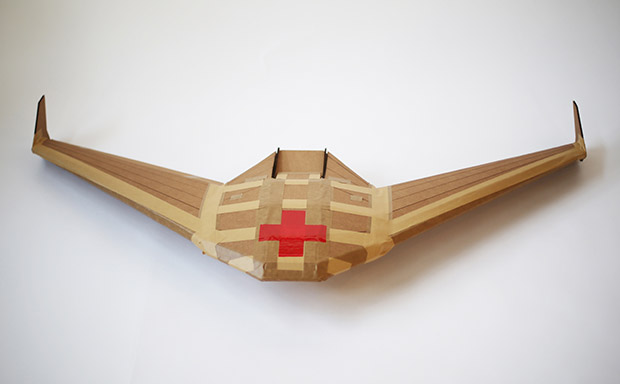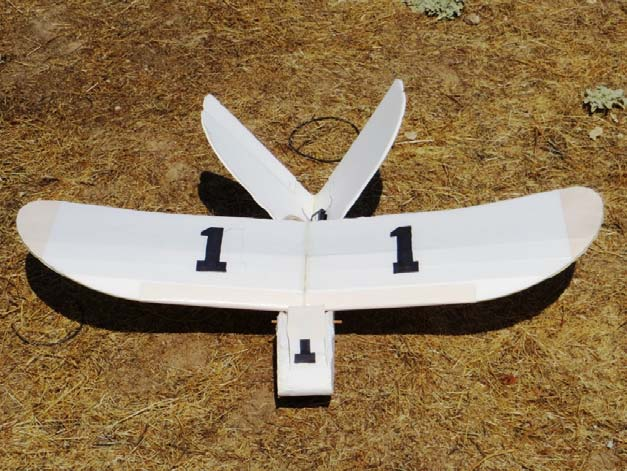New research from California’s Naval Postgraduate School explores the use of 3D printing to develop glider delivery systems for the U.S. Marines. The designs are proposed as an alternative to current parachute drop techniques or the Joint Precision Airdrop System (JPADS). JPADS uses GPS in order to guide parachutes to deliver to a specific location.
As we have recently reported on 3D Printing Industry, the Defense Advanced Research Projects Agency, DARPA, is also investigating the use of aerial delivery systems. Specifically, DARPA has conducted research into the deployment of biodegradable glider drones. These devices will be made of cardboard and are intended for a one shot use.
DARPA are also using 3D printing to develop the TERN military drone. The military aerial vehicle is manufactured by Northrop Gunman and will be capable of flying both vertically and horizontally.

US Marine Corps
This latest research was conducted by Chaz R. Henderson, at the Naval Postgraduate School in Monterey, California. Using “modern design and manufacturing techniques including, AutoCAD, 3D printing, laser cutting and CorelDraw” two different glider designs were evaluated. The Sparrow and the Pun-Jet.
At the beginning of his paper Henderson explains the motivation,
USMC has requested proposals for a single-use tactical resupply glider that can resupply squads with 500 pounds of essential food and gear while costing less than $3,000 per unit and using commercial-off-the-shelf (COTS) electronics.
To test the gliders, Henderson launched them from both UAVs and drones. While the eventual loads will be increased, the initial designs evaluated were on a smaller scale.

Amazon’s flying warehouse
To put the research in context Amazon recently filed a patent for a warehouse in the sky that will also drop glider-like drones. Amazon’s gliding devices will form part of an advanced prime air delivery system. The online retailer is keen to harness gravity in order to save energy during drone deployment.
Henderson’s research into 3D printing, drones and aerial delivery systems may therefore benefit corporations like Amazon who are planning on how to contend with the future mega-cities and managing logistics within densely populated areas. This is in addition to the obvious military application.
The research found that a glider system is a viable alternative. Henderson concludes that, “modern manufacturing techniques are robust enough to create low-cost, fully functional gliding airframes that are both durable and reliable.” This means that contrary to DARPA’s disposable cardboard gliders, stronger more durable options are possible, however given the DARPA’s secretative nature having access is vanishing drones is a critical dimension of that project.
Follow us on social for all the latest new about 3D printing and it’s many applications.
Featured image shows the JPADS being deployed. Photo via US Military.



